
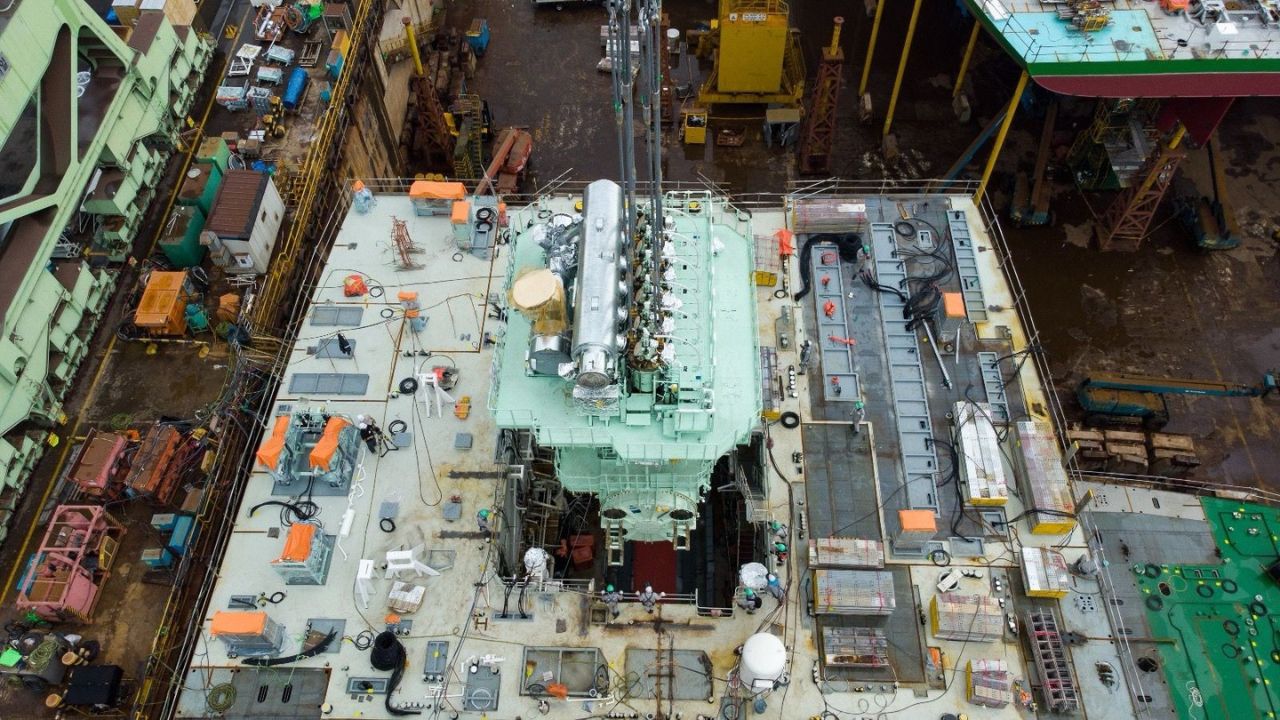 |
WinGD claims methanol and ammonia marine engines have transitioned from pilot projects to commercial readiness, but warns that regulatory uncertainty threatens the scaling required for shipping's decarbonisation targets by 2030.
The Swiss company's comments follow the Global Maritime Forum's report 'From pilots to practice: Methanol and ammonia as shipping fuels,' which concluded that zero or near-zero emissions (ZNZ) fuels are ready for rapid scaling once supply chains are established.
WinGD notes that it became the first engine designer to bring an ammonia-fuelled two-stroke marine engine to market in July following delivery of its X52DF-A engine on a 46,000 cbm LPG/ammonia carrier being built for Exmar. The vessel is the first ammonia-fuelled gas carrier in service.
The manufacturer's XDFM methanol engines are already operating within a global fleet of more than 60 methanol-capable vessels, according to WinGD.
Meanwhile, testing on WinGD's ammonia engines indicates the potential to cut tank-to-wake emissions by up to 95%, the company says.
Regulatory timeline concerns
WinGD echoes the Global Maritime Forum report's call for immediate action from the International Maritime Organization (IMO) and policymakers, claiming current regulatory uncertainty creates an "investment pause."
The company notes that while customers express interest in sustainable fuels, they require clear financial incentives to justify the premium costs of green methanol and ammonia over conventional fuels.
The IMO's Net Zero Framework represents progress, but WinGD warns that details — such as rewards for using ZNZ fuels — are not expected until March 2027, just nine months before implementation. The company claims this timeline is inadequate for complex supply chain development needed for alternative fuels.
Emissions verification focus
WinGD advocates for measurement-based emissions verification rather than relying on what it describes as "outdated default factors." The company claims its recent testing demonstrates that current LNG engine technology has reduced methane slip by up to 70% compared to decade-old baseline assumptions still used in regulations.
The engine designer argues that real-world emissions measurement will be essential to demonstrate ammonia's claimed 95% reduction potential in commercial operations as bunkering trials are underway.
WinGD states that genuine decarbonisation requires moving beyond calculations to actual performance measurements, stressing that this approach will reward innovation while preventing greenwashing.
The company concludes that with foundational technologies proving value for total cost of ownership and early commercial adoption underway, the maritime industry is ready to deliver on climate commitments — provided regulatory clarity, enhanced ZNZ fuel supply chain development, and robust emissions verification frameworks are implemented.
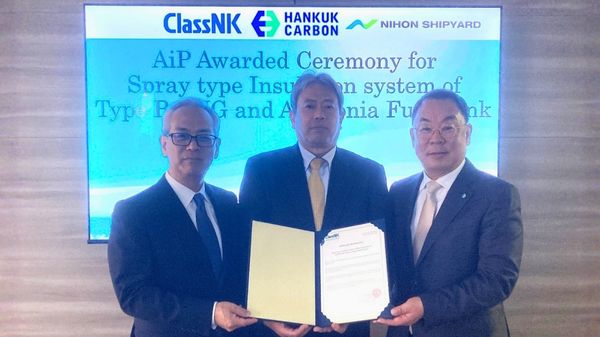
|
ClassNK approves spray insulation system for LNG and ammonia fuel tanks
Classification society grants AiP to Nihon Shipyard and Hankuk Carbon for Type B tank technology. |
|
|
|
||
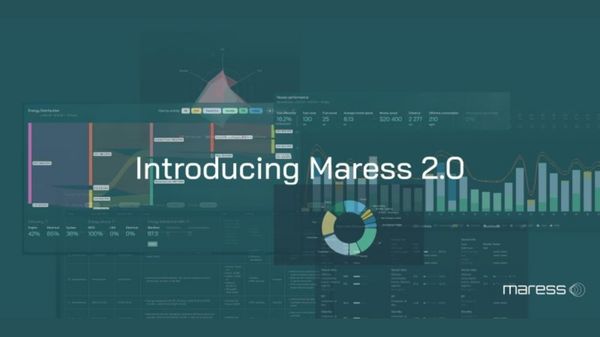
|
VPS launches upgraded Maress 2.0 maritime performance platform
Enhanced analytics and data validation added to digital platform used by almost 700 vessels. |
|
|
|
||
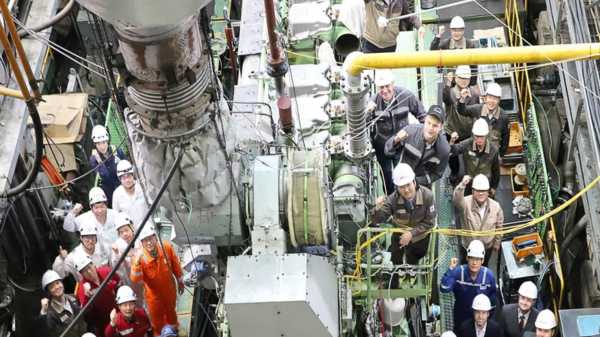
|
Everllence's 35/44DF CD GenSet secures 138 orders in seven months
Engine manufacturer reports strong early demand since April type approval test completion. |
|
|
|
||
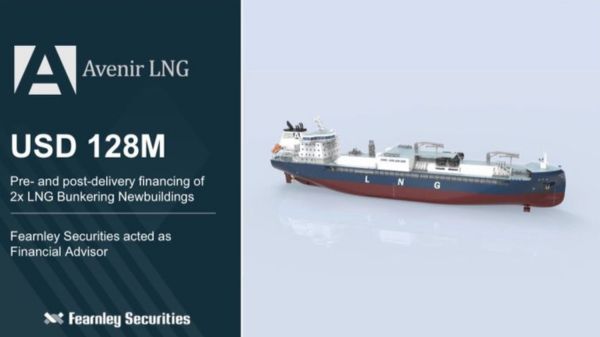
|
Avenir LNG secures $128 million financing for two LNG bunkering newbuilds
Fearnley Securities acted as financial advisor on the pre- and post-delivery financing deal. |
|
|
|
||

|
Methanol marine fuel reaches high technical readiness but faces cost barriers, DNV reports
Classification society finds over 450 methanol-capable vessels operating or on order globally. |
|
|
|
||
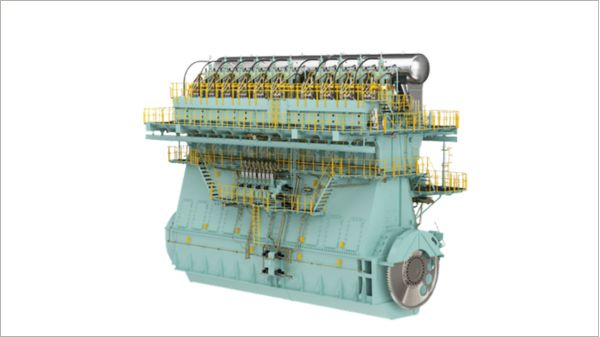
|
WinGD launches high-pressure LNG dual-fuel engine for container ships
Swiss engine designer targets ultra-large container vessel market with 2028 delivery plans. |
|
|
|
||
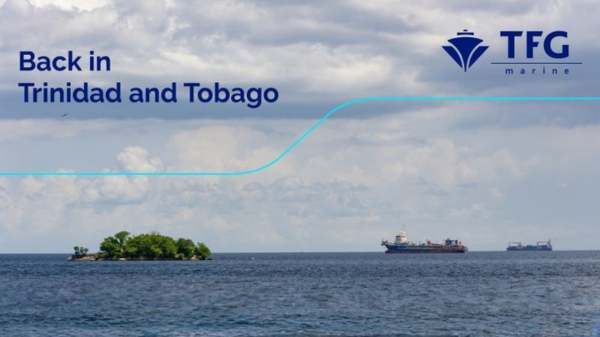
|
TFG Marine relaunches bunker supply operations in Trinidad and Tobago
Marine fuel supplier returns to Caribbean location after operational hiatus. |
|
|
|
||
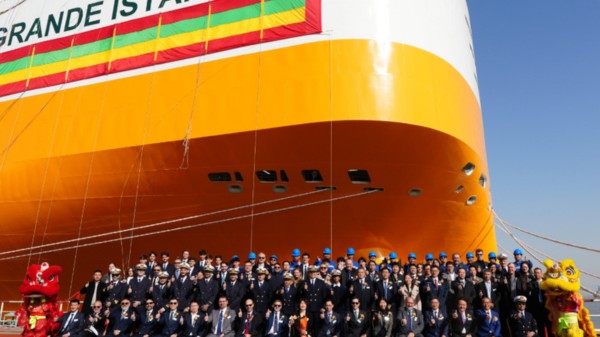
|
Grimaldi takes delivery of fourth ammonia-ready car carrier Grande Istanbul
Italian shipowner adds 9,241 CEU vessel to fleet for East Asia–Persian Gulf route. |
|
|
|
||
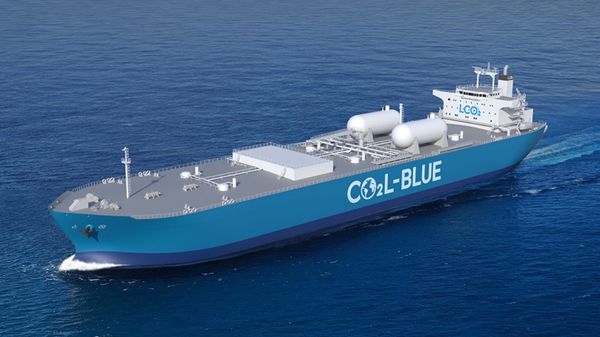
|
Seven Japanese maritime firms sign MoU on standard design framework for LCO₂ carriers
Major shipping lines and shipbuilders to collaborate on decarbonisation vessel designs through the MILES platform. |
|
|
|
||
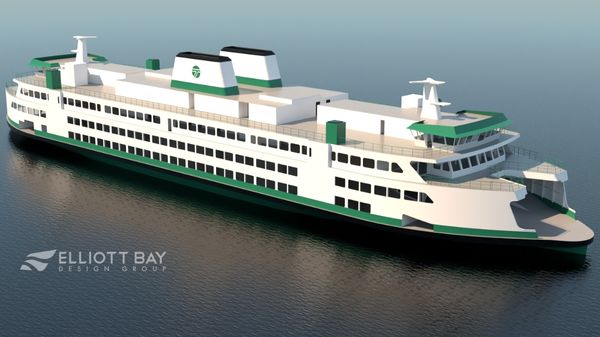
|
Washington State Ferries awards ABB hybrid-electric propulsion contract
ABB to supply systems for first two hybrid-electric ferries in US electrification programme. |
|
|
|
||
| ClassNK grants approval in principle for ammonia-fueled LPG carrier design [News & Insights] |
| Yara Clean Ammonia begins construction of world's first ammonia-powered container ship [News & Insights] |
| Smaller ship owners face 'very challenging' methanol procurement landscape, warns Stream Marine [News & Insights] |
| Sanmar advances construction of world's largest methanol-powered escort tug [News & Insights] |